A block m1, strikes a stationary blocks m3 inelastically. Another block m2, is kept on m3. Neglecting the friction between all contacting surfaces, the fractional decrease of KE of the system in collision is
m1m1+m2+m3
m1m2+m3
m3m1+m3
m2+m3m1+m2+m3
The correct Answer is:C
Impact takes place between m1 and m2 herizontally. Since m2 is kept on m3 an the ball the surfaces in contact are smooth, friction does not act between m2 and m3 during the displacement of m1 in the impact. Even though if there is a friction between m2 and m3, which is very less than the impact force the frictional force is assumed as non impulsive force here.
Since the impact between m1 and m3 is inelatic m1 and m3 will move combining toward right m3 does not move due to the absence of friction.
The velocity of the combined mass =v'=m1vm1+m3
⇒|△KE|KE=12m1v2−12(m1+m3)v'212m1v2
=1−(m1+m2m1)(v'v)2
=1−(m1+m3m1)(m1m1+m3)2
=1−m1m1+m3=m3m1+m3
Topper's Solved these Questions
- CENTRE OF MASSBOOK - CENGAGE PHYSICSCHAPTER - CENTRE OF MASSEXERCISE - Multiple Correct
25 Videos
- CENTRE OF MASSBOOK - CENGAGE PHYSICSCHAPTER - CENTRE OF MASSEXERCISE - Assertion - Reasoning
2 Videos
- CENTRE OF MASSBOOK - CENGAGE PHYSICSCHAPTER - CENTRE OF MASSEXERCISE - Subjective
23 Videos
- CALORIMETRYBOOK - CENGAGE PHYSICSCHAPTER - CALORIMETRYEXERCISE - Solved Example
13 Videos
- DIMENSIONS & MEASUREMENTBOOK - CENGAGE PHYSICSCHAPTER - DIMENSIONS & MEASUREMENTEXERCISE - Integer
2 Videos
Similar Questions
A block m1 strikes a stationary block m3 inelastically. Another block m2 is kept on m3. Neglecting the friction between all contacting surfaces, calculate the fractional decrease in KE of the system in collision.
View SolutionIn fig two block of mass mAandmB are rotating at radius r kept on a rough table consider friction (μ) between all the contact surface pulley is frictionless determine the angular speed of the turn table for which the blocks just begin to slide
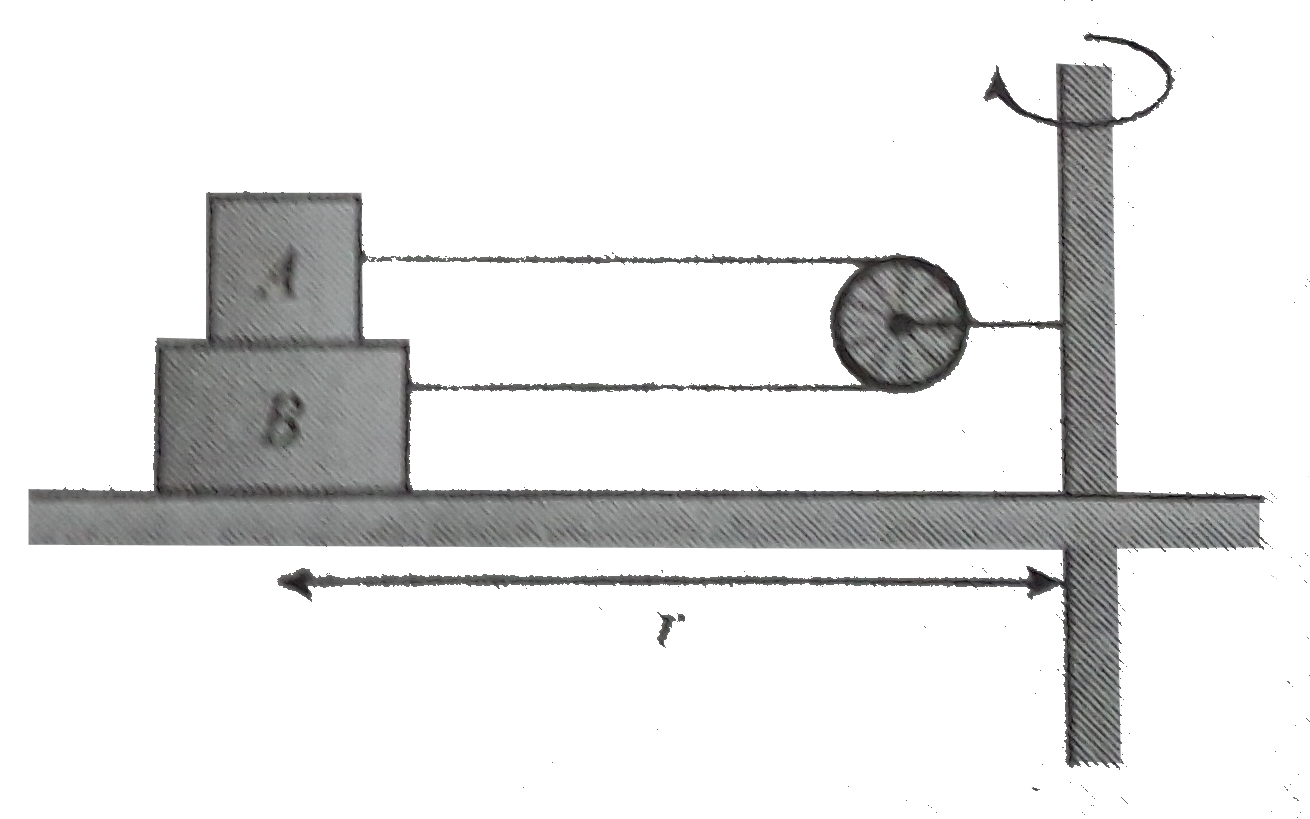
View Solution
Knowledge Check
A force F accelerates a block of mass m on horizontal surface. The coefficient of friction between the contact surface is . The acceleration of m will be -
AF−μmgMBzeroCmay be (A) or (B)DNone of theseA block of mass m is stationary on a horizontal surface. It is connected with a string which has no tension. The coefficient of friction between the block and surface is m . Then , the frictional force between the block and surface is:
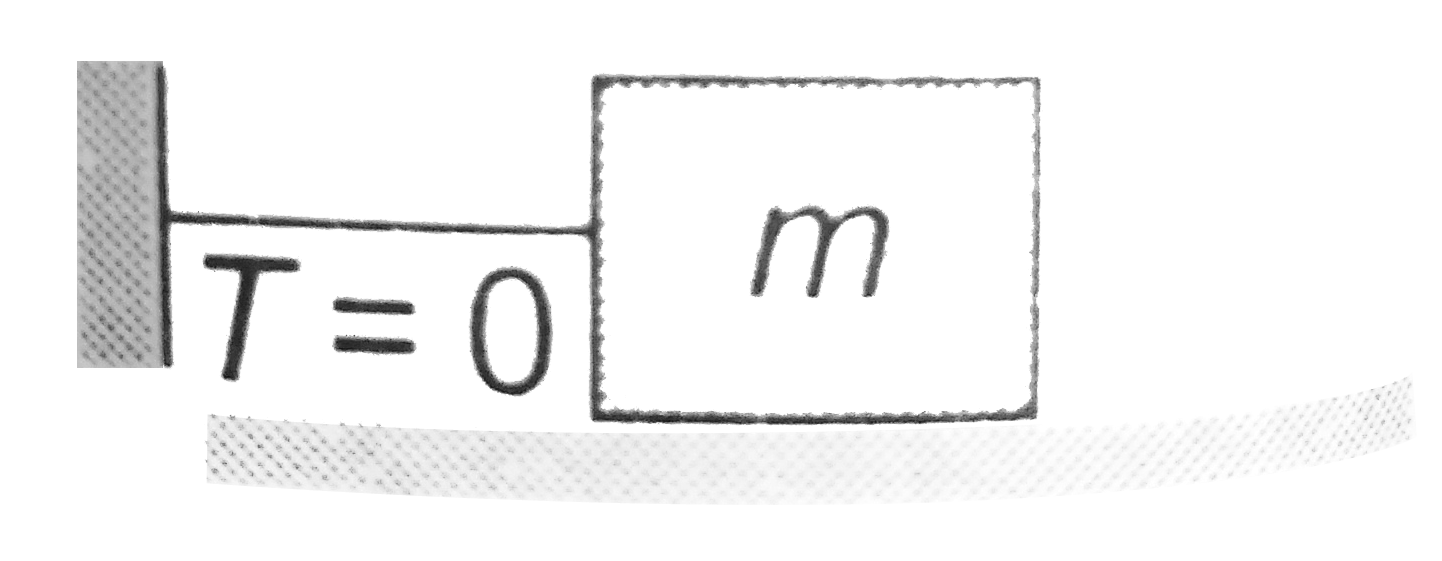 AzeroBμmgCμmgμDNone of these
AzeroBμmgCμmgμDNone of these
Two blocks of masses m1 and m2 inter connected by a spring of stiffness k are placed on a horizontal surface. If a constant horizontal force F acts on the block m1 it slides through a distance x whereas m2 remains stationary. If the coefficient of friction between all contacting surfaces is μ, find the speed of the block m1 as the function x.

View SolutionIn fig Block m2 is loaded on block m1 . If there is no relative sliding between the block and the inclined plane is smooth , find the friction force between the block
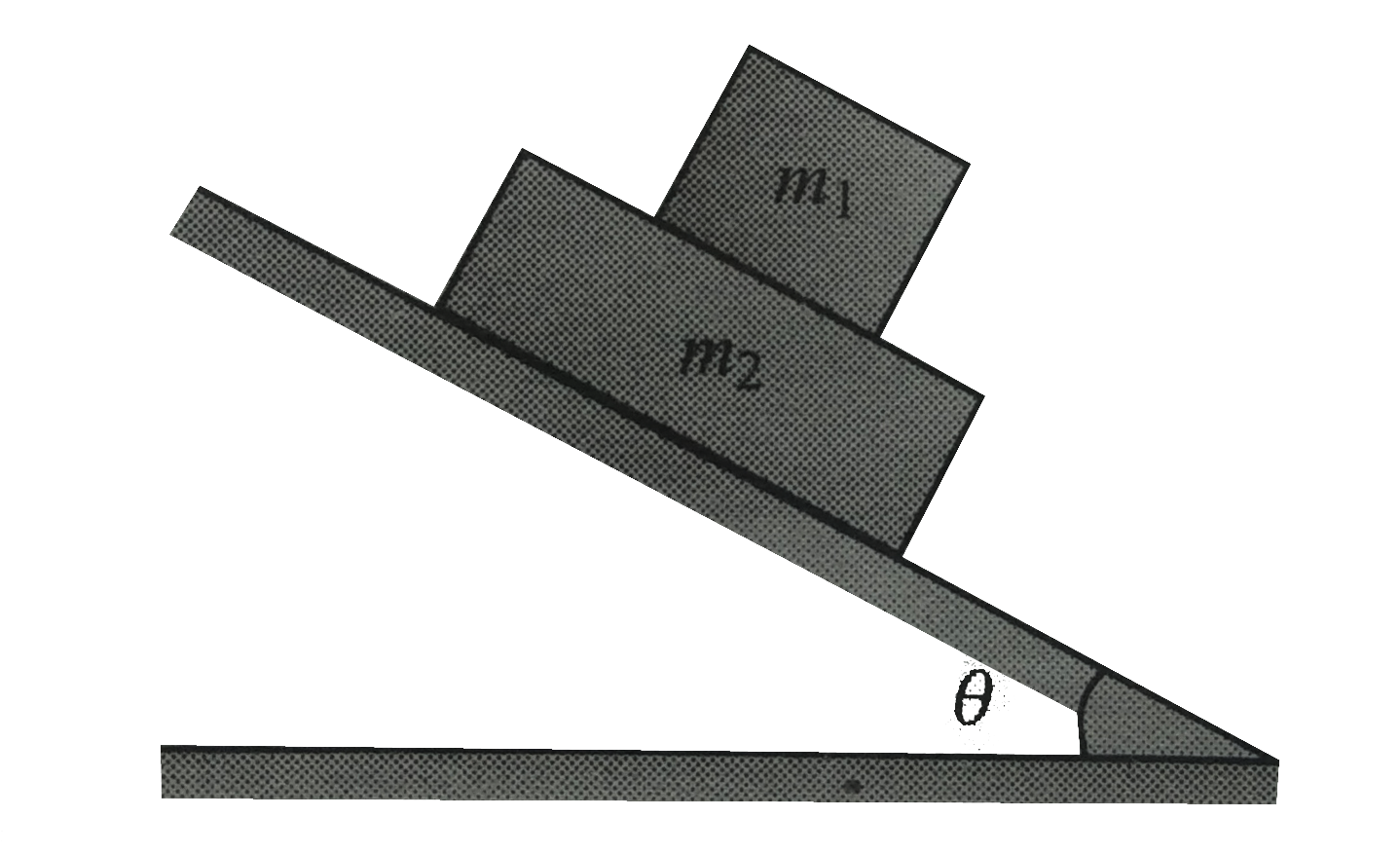
View SolutionA block of mass 2 m collides,elastically with a masss m kept at rest. Friction exists between the block B ,and surface with coefficientμ=0.3, whereas no.friction exists between block A and the surface.
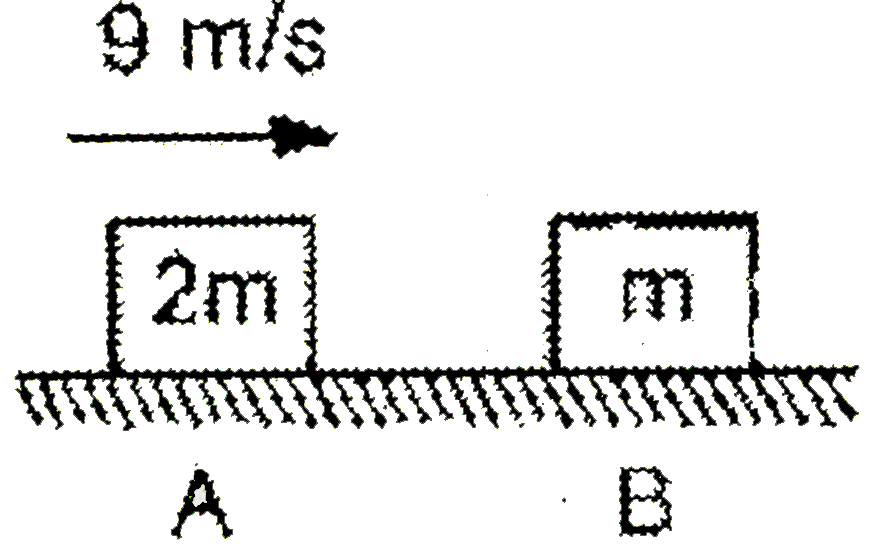
How many collision are possible between the blocks?
View SolutionThe maximum value of the block m2 for which the system will remain in equilibruim (coefficient of friction between block m1 and plane surface is μ, Pulley are mass less ) is :
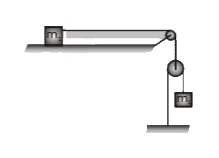
View Solution1 kg block collides with a horizontal massless spring of force constant 2N/m. The block compresses the spring by 4m. If the coefficient of kinetic friction between the block and the· surface is 0.25, what was the speed of the block at the instant of collision? (take g=10m/s2)

View SolutionA block of mass 2 m collides,elastically with a masss m kept at rest. Friction exists between the block B ,and surface with coefficientμ=0.3, whereas no.friction exists between block A and the surface.
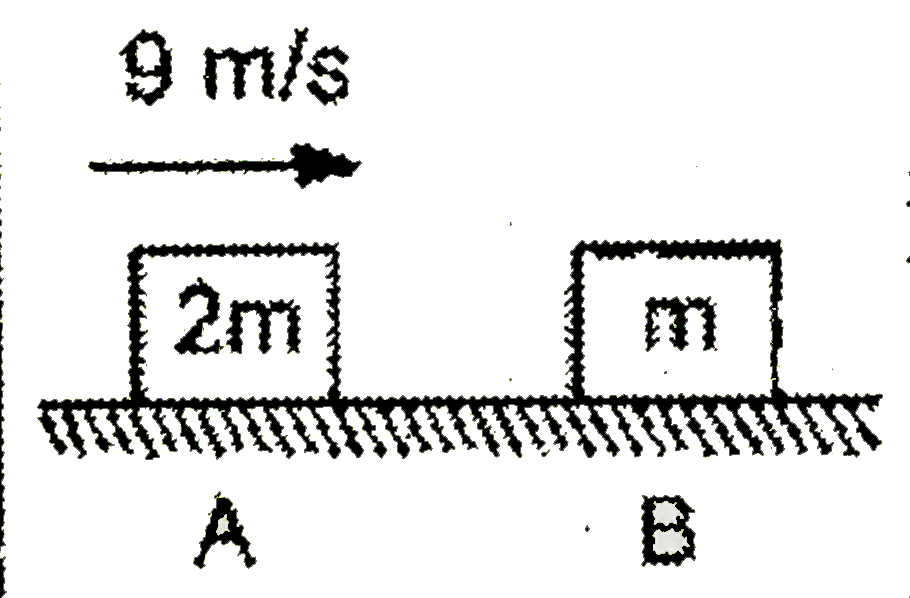
The velocity of the blocks just after the first collision will be:
View Solution
